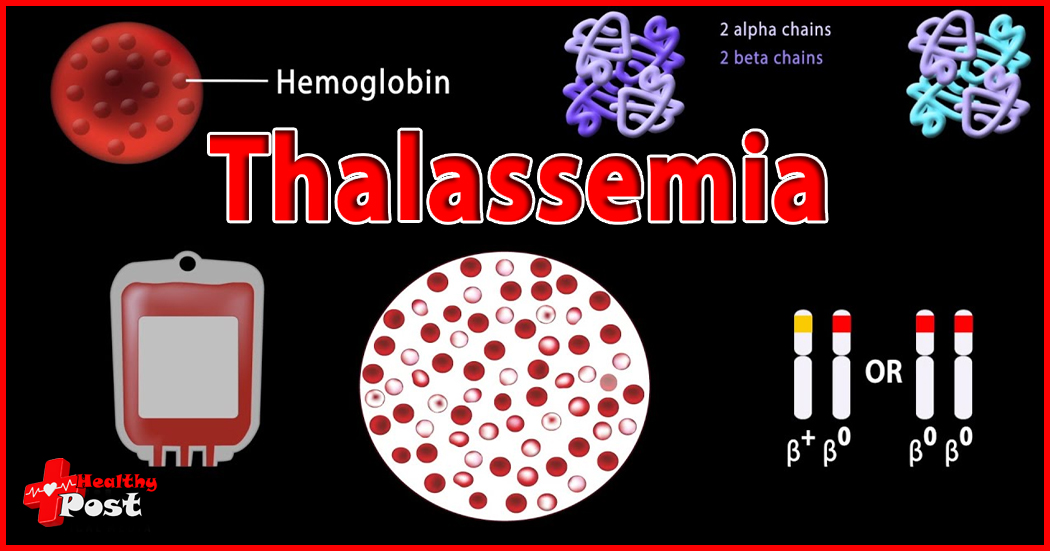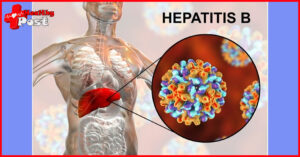
There are several types of thalassemia
Thalassemia is an anemia disease caused by a disorder in the body’s globin production. It is also a recessive genetic disease that is more common in infants and young children. Due to defects in the globin gene, the synthesis or dysfunction of the globin peptide chain is reduced, and the final result is hemolytic thalassemia. So, what are the types of it? Do you know the two most common types of it?
1. Types of thalassemia
Currently, it can be divided into four types: alpha, beta, delta beta, and delta. According to the condition of thalassemia, it can be divided into three types: thalassemia minor, thalassemia moderate, and thalassemia major.
Two common types.
1. Alpha thalassemia

The so-called α, also known as α-globin aplastic anemia. There are no obvious symptoms during the onset of α-thalassemia mild, but symptoms such as hepatomegaly may occur in moderate it. With prompt treatment, people with alpha thalassemia generally live into adulthood.
Pregnant women with α-thalassemia have a very high miscarriage rate, even if they are lucky enough to save the fetus. However, there will be dystocia after 40 weeks of pregnancy and stillbirth, and the survival rate of the fetus after birth is also low.
2. Beta thalassemia

Beta-thalassemia can be called beta-globin aplastic anemia. If it is mild, there will be no obvious symptoms.
Patients with moderate β-thalassemia generally have symptoms such as pale face and splenomegaly. However, when the condition of moderate β-thalassemia is severe enough to threaten life, blood transfusion must be performed.
Diseases like beta major are more common in infants and young children. Moreover, infants and young children generally develop symptoms such as diarrhea, slow growth, and loss of appetite when they are 6 months old. Symptoms such as pale face and enlarged liver may appear in the later stages. However, infants and young children with severe beta-thalassemia can only survive on blood transfusions throughout their lives.
It can be seen that it is more common in infants and young children. Even if it is in infants and children grow up, they will still be at risk of death. At the same time, the genetic probability of it is high, and there are four main types of thalassemia: alpha, beta, delta beta, and delta. Among them, the two most common types are α type and β type.
Tip: This content is for reference only and cannot replace face-to-face consultation. If you feel unwell, please seek medical treatment as soon as possible.

